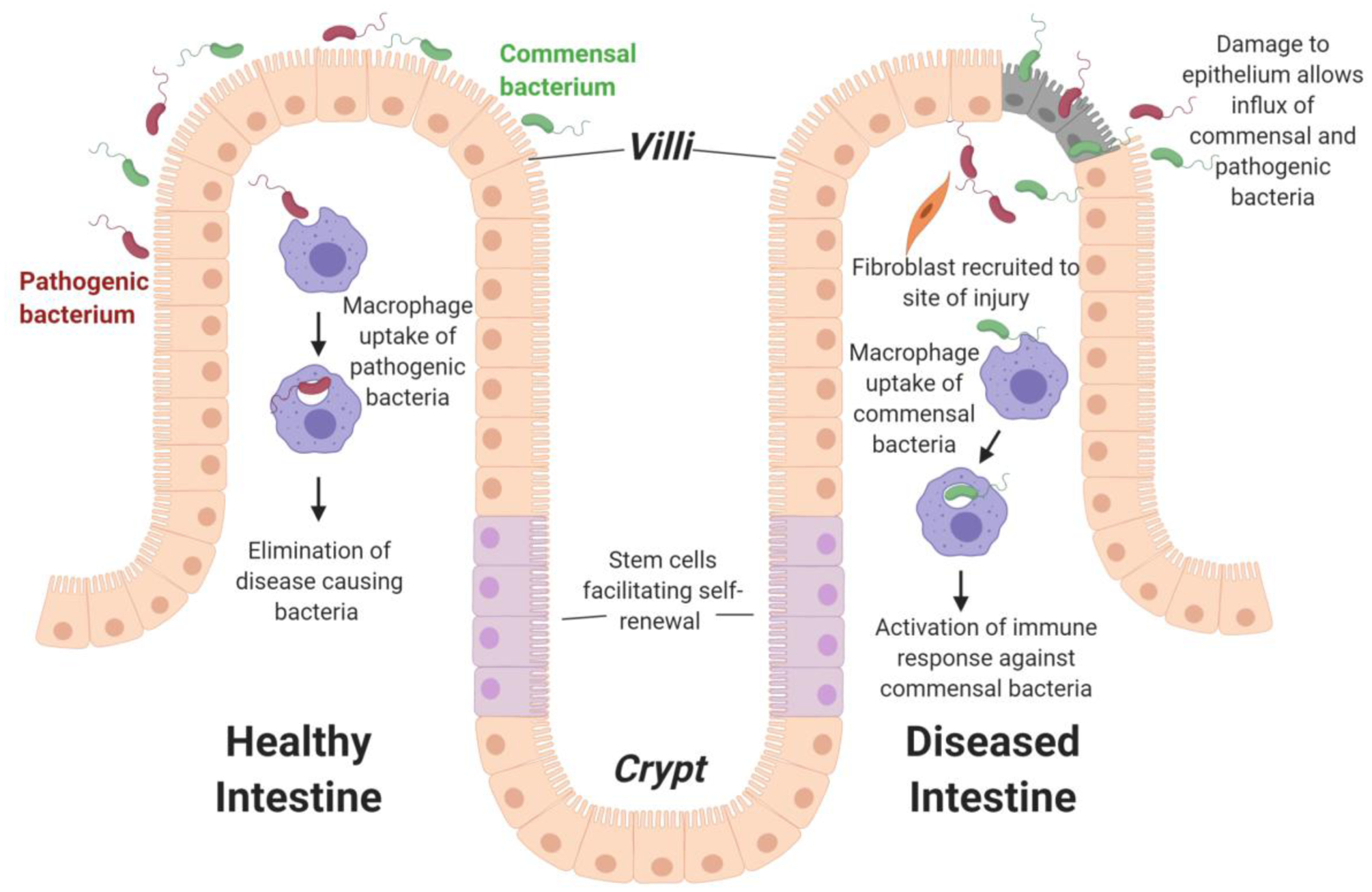Figure 1: Overview of key host-bacteria interactions in healthy and diseased intestinal epithelium.

In healthy intestines, macrophages clear any pathogenic bacteria that cross over the epithelium layer. However, damage to the epithelium layer, such as in IBD, leads to an influx of both commensal and pathogenic bacteria, which can cause misrecognition of commensal bacteria, improper activation of immune system, and initiation of tissue remodeling responses (e.g., recruitment and activation of fibroblasts that leads to the production of scar-like tissue). Note, not shown in this schematic for simplicity is the protective mucosal layer that separates the epithelium layer and the bacterial microbiome and the lamina propria (LP) connective tissue that underlies the epithelium.
